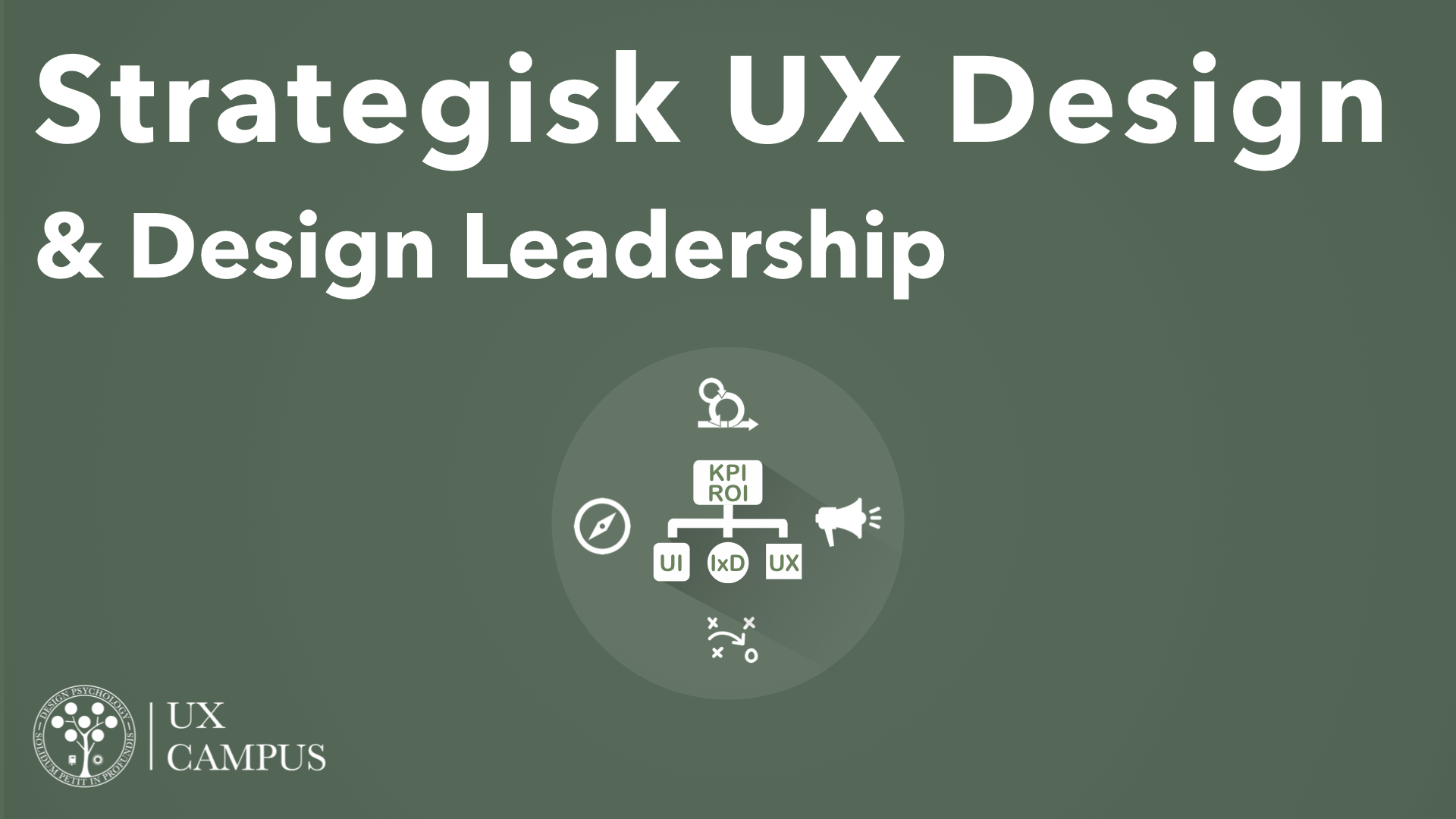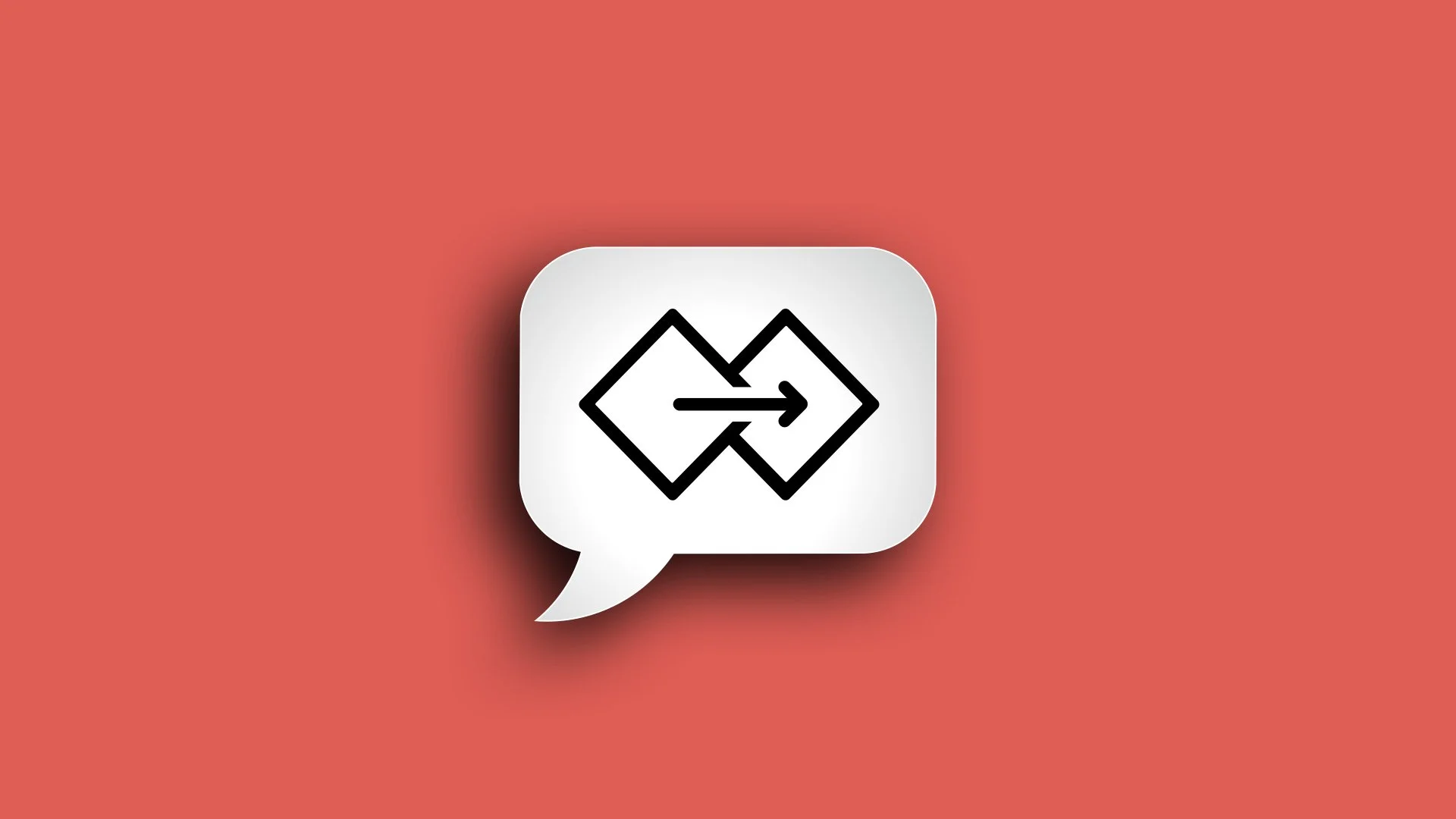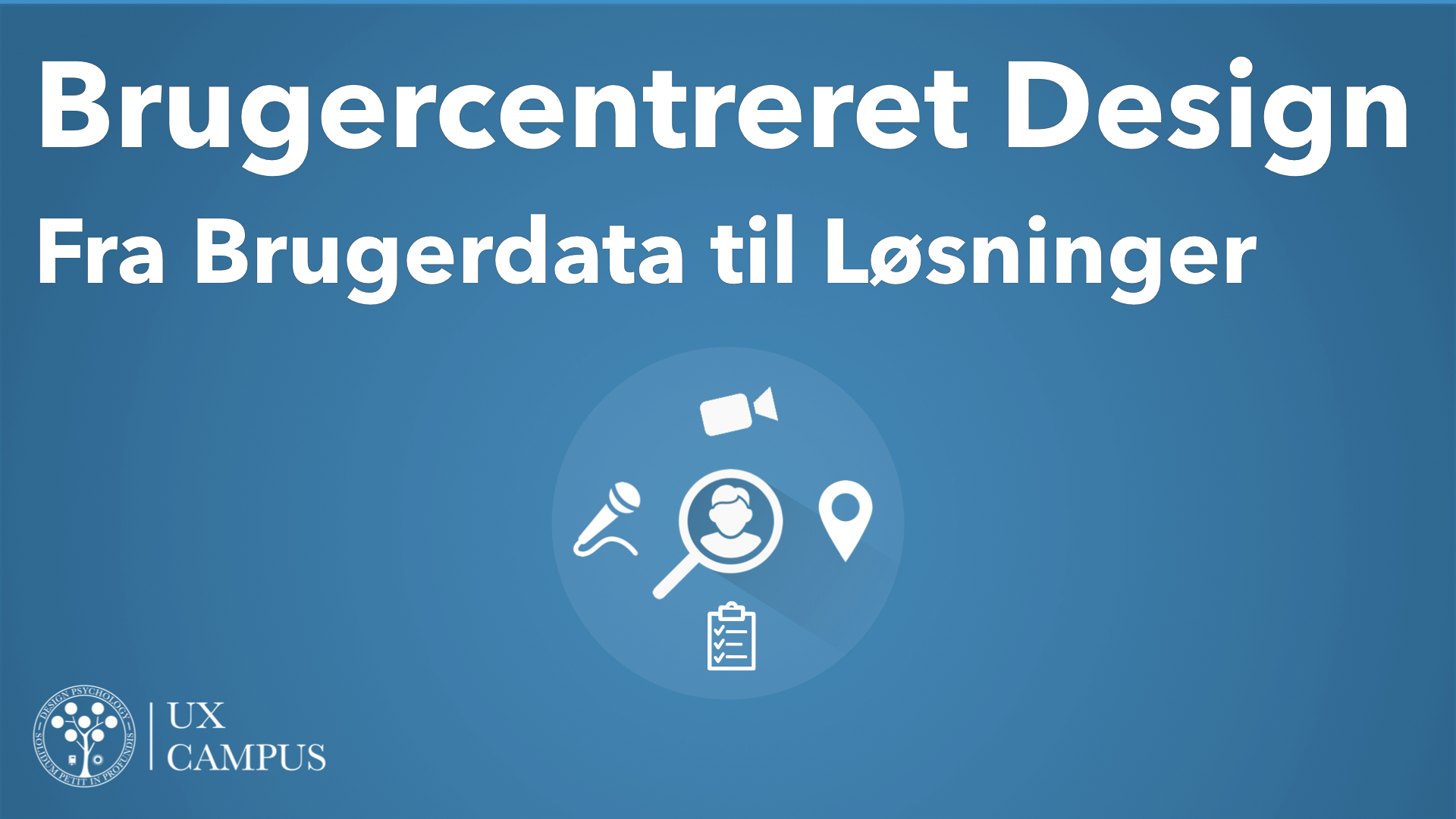Introduction to the Double Diamond Framework from a Human Factors Perspective
While there are many really good resources available that describe the Double Diamond design framework, there are a few perspectives missing to integrate the design framework with design teams and the logic of businesses.
This article provides you with these.
As part of our daily use of double diamond framework in our consultancy we have experienced first hand the many ways in which it needs to be flexibly adapted to different types of projects and how to fit it to specific business processes.
These practical learnings have been further matured as part of our teaching to design professionals at UX Campus.
We would therefore like to share those practical insights.
From conceptual to project realism
The double diamond in its raw form is highly conceptual. This means that it communicates a way of thinking about a user-centred design process. Most notably the model communicate these two fundamental “diagrammatic” qualities:
We should distinguish between two broad dimensions: the problem space and solution space as reflected by the two diamonds.
We should adopt a diverging and converging mindset in each diamond as reflected by the diamond shapes.
Adapt the double diamond to the project type
Although the double diamond is highly conceptual
Nielsen Norman Group: Design Thinking 101 Six-step circular model
How the Nielsen Norman Group Design Thinking 101 model relates to the Double Diamond.
ISO 9241: Human Centred Design model
IDEO: Human-Centred Design
It's a process! It's a toolkit! It's a mindset!
This headline is the design equivalent of the Superman TV series opening statement:
It's a bird! It's a plane! It's Superman!
Ok… I can’t completely refrain from sharing a thought or two on why we have so many different names for the same thing.
When we look at a visualisation of a user-centred design model, we can really see three different things:
If you just look at the two diamonds, they diverge and converge. This would be a process look.
If you look at the concrete activities that anchor the design process in real people's needs and capabilities, you would get a toolkit (a human-centred toolkit, some would argue).
And finally, if you reflect on the notion that the design process is iterative and you learn during it - it constitutes a mindset.
In practical terms, what most companies successfully implement is a design process that is both a process, toolkit and mindset.
Since we are at it - there is a fourth element we can include: knowledge. Knowledge of human beings. This perspective is captured in human factors and supplements involving concrete end-users in the design process with the knowledge-base of what we generally already know about how people naturally function best and how to accommodate that in design. This extended approach to a design process is why most of the Design Psychology team have expert backgrounds in human psychology, cognition, and communication.
If you want to explore this logic further, I recommend going (back) to Donald Norman’s 2013 book: “Design of everyday things” Chapter six: “Design Thinking”.
The most important question:
How does the Double Diamond model relate to the design processes at your company?
The double diamond model is a conceptual model. This means it is a language for an ideal design process. To make design thinking and user-centred design practically work, your company will need to adapt this model to your current design processes. No two companies work with user-centred design in the same way. However, across companies that have a mature user-centred design process, we can easily recognise the same elements and key ingredients that make up a user-centred design process.
Let us help you adapt the user-centred design process to the needs of your company. Book us for a free presentation and discussion to talk about how to speak - and do - double diamond at your company.
Another great place to either get started - or extend your existing skills - is our UX Campus.
Here you can learn about the nuts and bolts of user-centred design which is a great place to start.
If you want to move to a next level or have a decision maker role, then we suggest to attend our Strategic UX Design course.
Finally, you can deep-dive into specific tools of the user centred design process - such as design testing (read article).

Brugerne er nøglen til at realisere et produkts værdi på tværs af produktkategorier og brancher. Derfor er fokus på brugeroplevelsen (UX) forretningskritisk og bør indtænkes strategisk bredt i organisationen ...
☞ Detaljeret kursusbeskrivelse
3️⃣ dage 9-16
12.500 Dkr. ekskl. moms.
København
—
Tilmeld her



